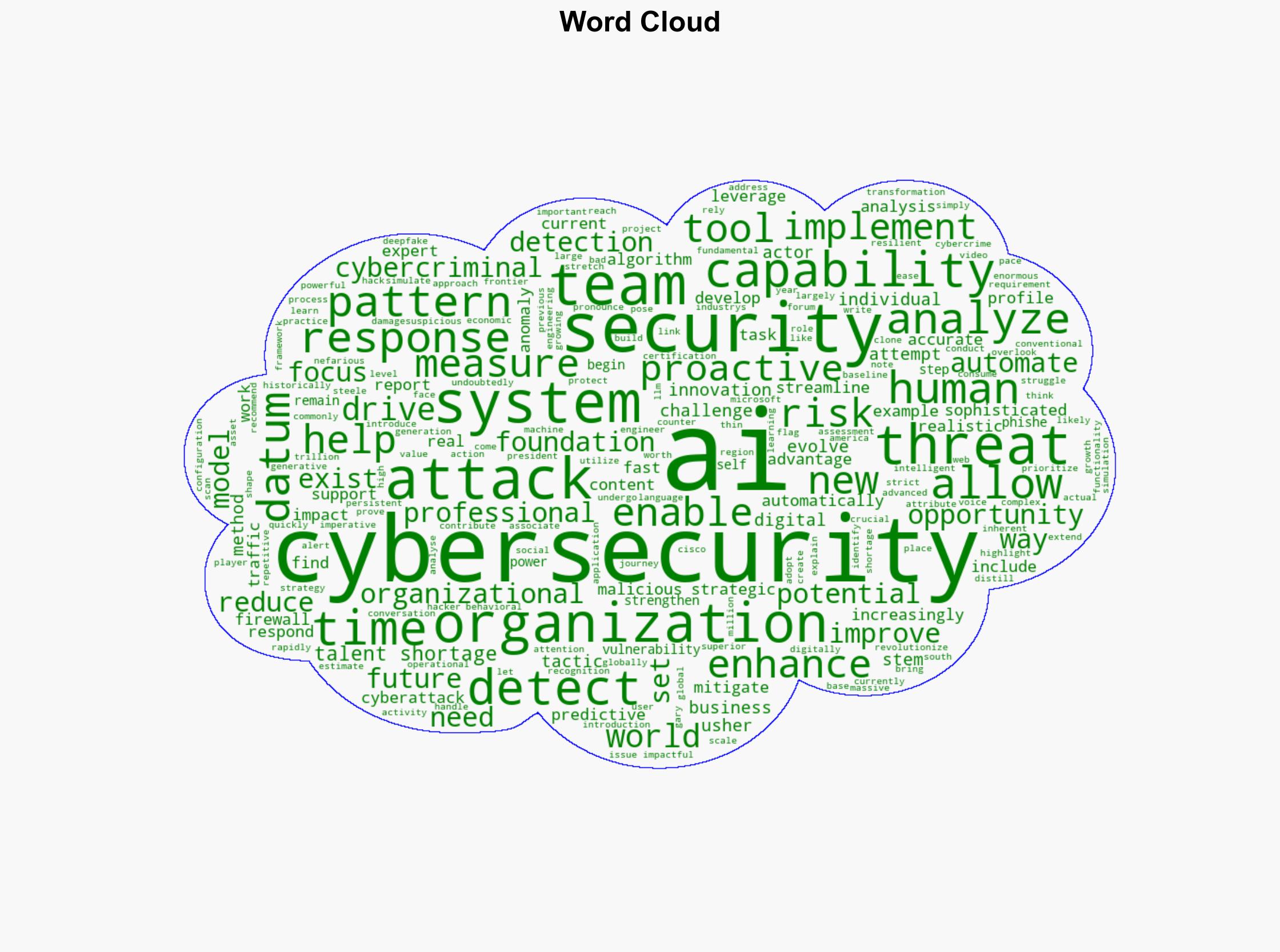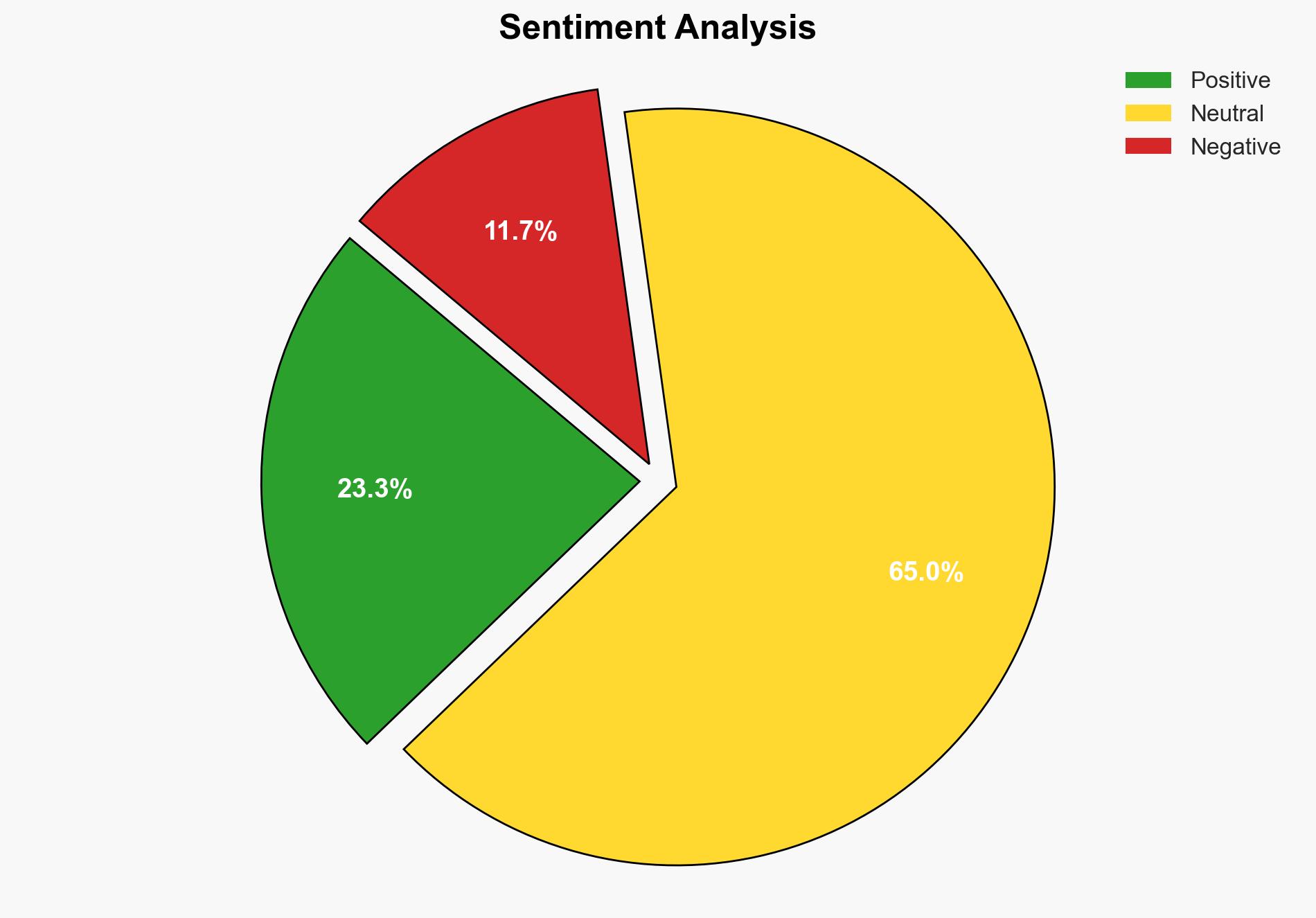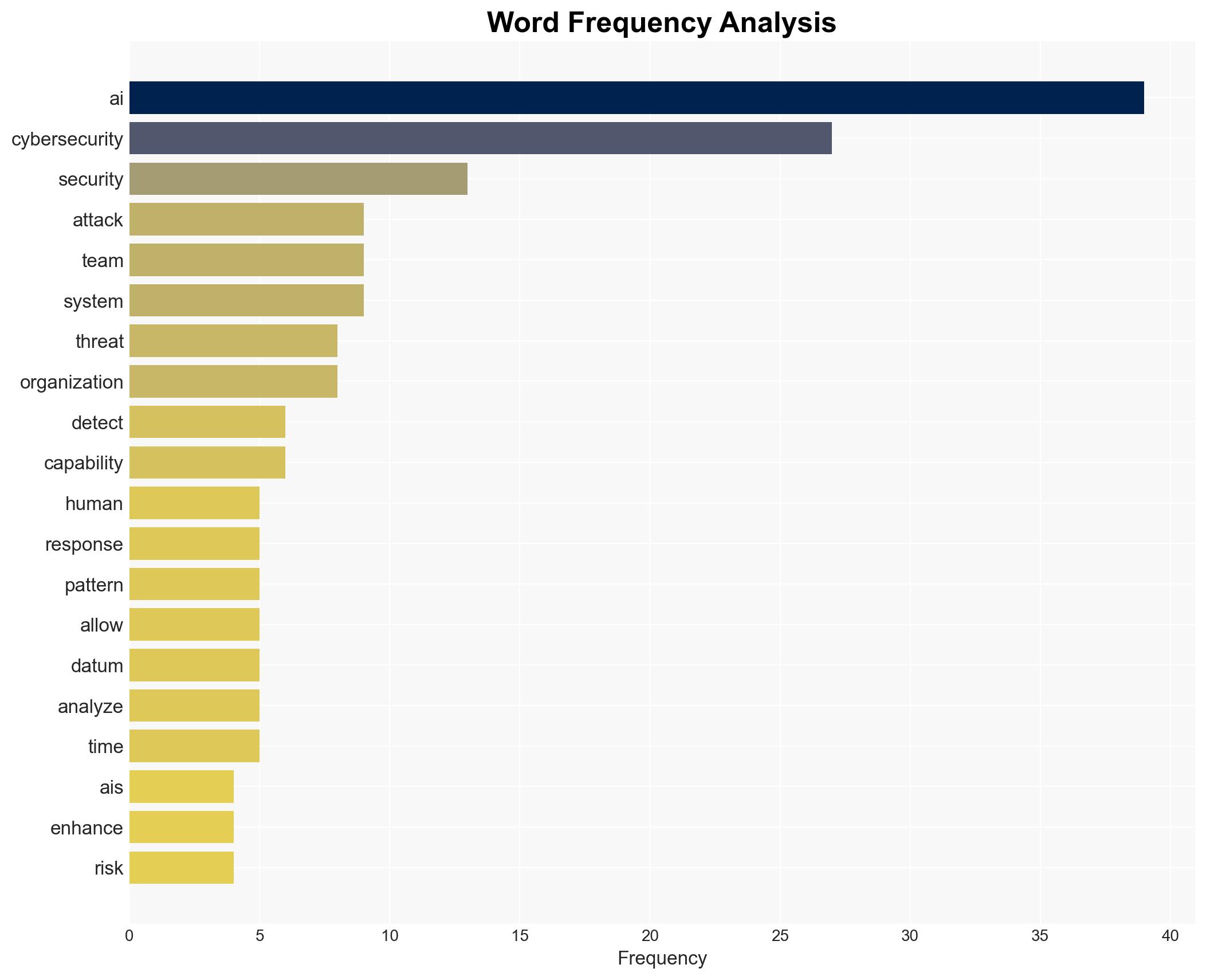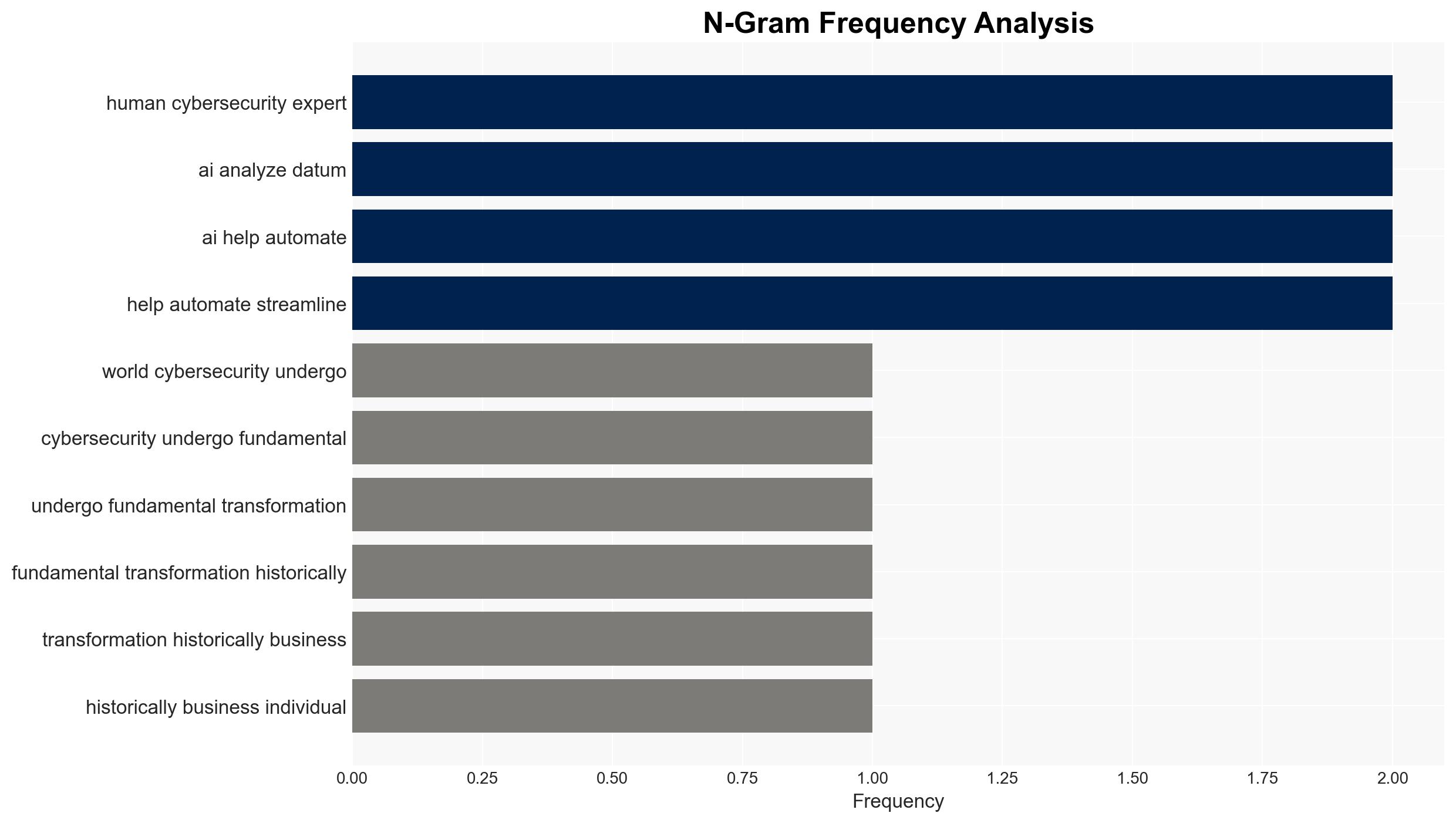AI Is Ushering In A New Era Of Cybersecurity InnovationHeres How – Forbes
Published on: 2025-04-08
Intelligence Report: AI Is Ushering In A New Era Of Cybersecurity Innovation – Forbes
1. BLUF (Bottom Line Up Front)
The integration of AI into cybersecurity is transforming the landscape by enhancing threat detection and automating response times. This shift is crucial as cybercriminal tactics evolve rapidly. Organizations must leverage AI to build resilient cybersecurity strategies, addressing both the opportunities and challenges presented by AI. The current talent shortage in cybersecurity can be mitigated through AI, which offers superior pattern recognition and data analysis capabilities.
2. Detailed Analysis
The following structured analytic techniques have been applied for this analysis:
General Analysis
AI’s role in cybersecurity is pivotal, providing enhanced threat detection and automating responses. AI systems can analyze large datasets quickly, identifying anomalies and potential threats in real-time. This capability allows organizations to develop proactive security measures rather than reactive ones. AI’s ability to streamline repetitive tasks enables cybersecurity professionals to focus on strategic planning and high-level threat management.
3. Implications and Strategic Risks
The integration of AI into cybersecurity presents both opportunities and risks. While AI enhances security measures, it also introduces new vulnerabilities, as malicious actors may exploit AI systems. The projected global cybercrime damage reaching trillions underscores the need for robust AI-driven cybersecurity strategies. Additionally, the talent shortage in cybersecurity poses a significant risk, which AI can help mitigate by extending the capabilities of existing teams.
4. Recommendations and Outlook
Recommendations:
- Invest in AI technologies to enhance threat detection and automate cybersecurity processes.
- Develop regulatory frameworks to govern the ethical use of AI in cybersecurity.
- Encourage collaboration between organizations to share AI-driven insights and best practices.
- Implement training programs to upskill cybersecurity professionals in AI technologies.
Outlook:
In the best-case scenario, AI integration leads to a significant reduction in cybercrime and enhanced organizational resilience. In the worst-case scenario, AI vulnerabilities are exploited by cybercriminals, leading to increased security breaches. The most likely outcome is a gradual improvement in cybersecurity measures as organizations adapt to AI technologies and address emerging threats.
5. Key Individuals and Entities
The report mentions Gary Steele and Cisco as significant contributors to the discourse on AI in cybersecurity. Their insights highlight the importance of AI in developing proactive security measures and addressing the talent shortage in the cybersecurity sector.




